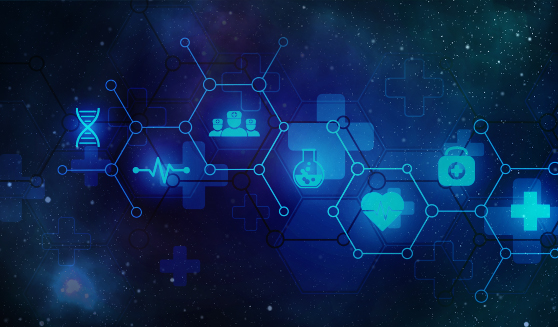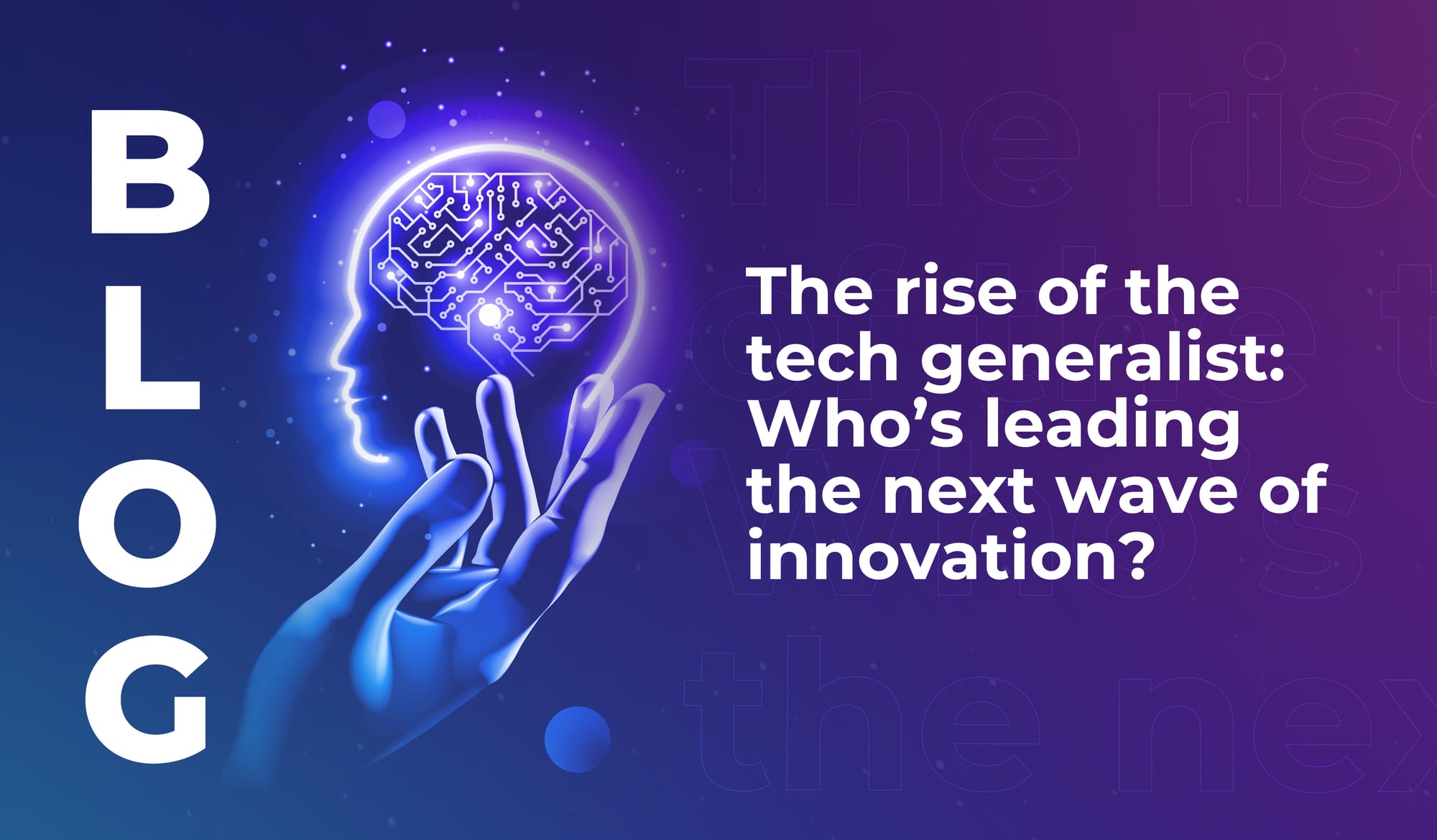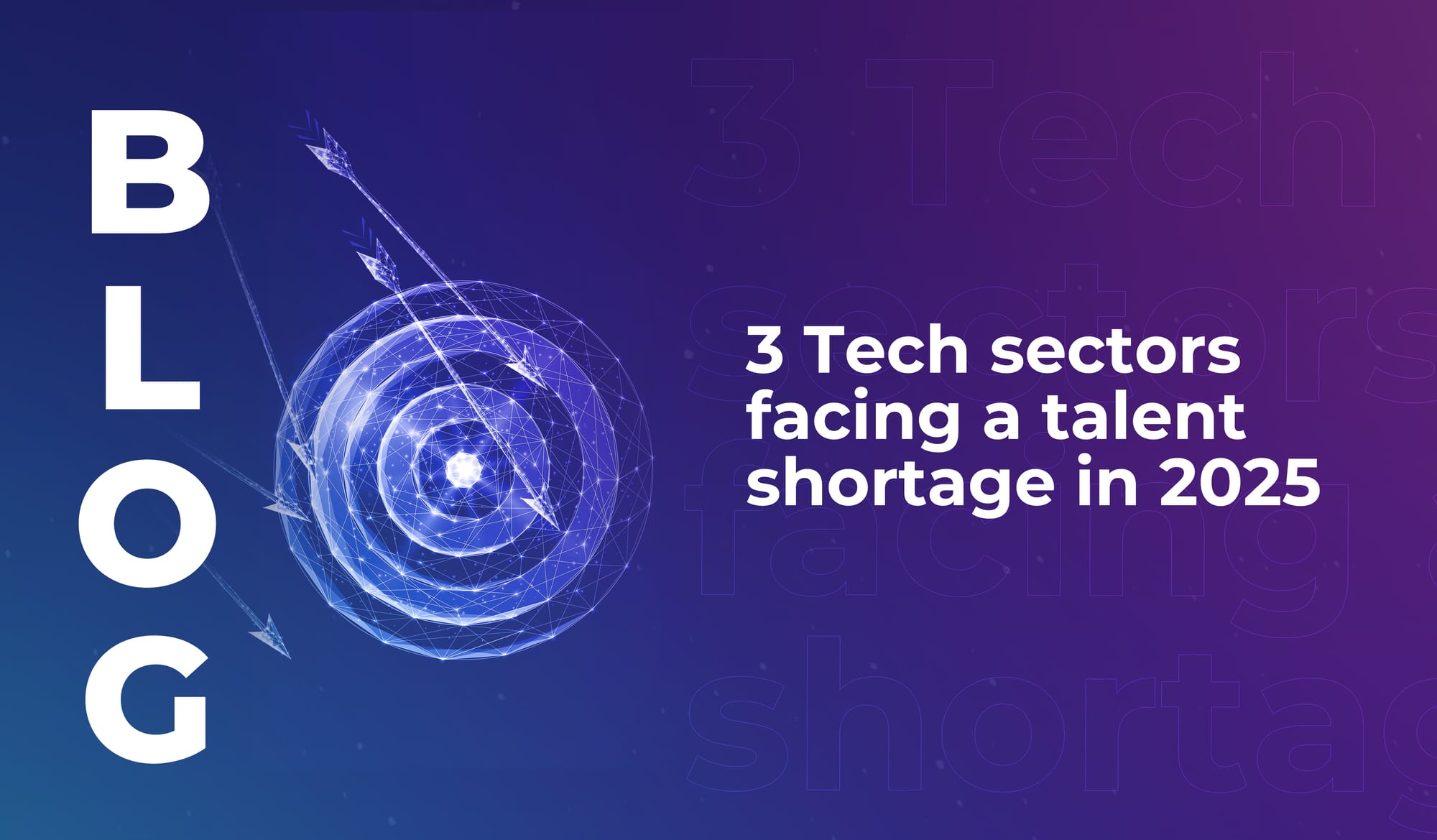
Even though technology transformed every aspect of our lives, the path of tech in healthcare was not easy. The whole healthcare industry is heavily regulated and has a lot of red tape, lengthening the journey from innovation to reality.
Current healthcare systems heavily rely on technology. According to Global Market Insights, HIT’s (healthcare information technology) market size surpassed $224.5bn in 2020 and is anticipated to grow at a CAGR of over 15 percent reaching $603.4bn by 2027.
We use technology a lot in screening machines like MRI, PET, and CT scanners, and a quick look into an intensive care unit shows how much we rely on electronics to keep us alive and healthy. Yet, we are upon a new HIT revolution: the IoMT (Internet of Medical Things) devices.
What is IoMT
Put simply, the internet of medical things is the deployment and use of internet of things devices in a healthcare setting, or as the Alliance of Advanced BioMedical Engineering defines it: an amalgamation of medical devices and applications that can connect to HIT systems using networking technologies.
The IoMT devices are usually small, relatively simple electronics designed to perform specific tasks and connect to the internet. Just like regular IoT devices are used in smart homes and cities to monitor some variables or control some processes, IoMT devices monitor and control, but in a health-related setting.
Even though they fixate on healthcare, IoMT devices are not exclusive to hospitals and health centers. IoMT devices include but are not limited to heart rate, blood pressure/oxygenation/glucose level, and heat sensors. In addition, there are smart pumps and valves to control the flow of medicine and ease the burdens of often over-worked medical staff.
Out of the hospital, there is a growing trend of using IoT and smart devices in health-related applications. Many smartwatches track heart rate, blood oxidization, and other metrics, and some models offer fall detection and automatic emergency calling.
Earlier detection, better diagnosis
Healthcare providers can collect unprecedented data from IoMT devices, especially consumer wearables. They can use collected data to detect many health problems like heart disease, cancers, and diabetes earlier.
IoMT devices help doctors and healthcare professionals to give patients more accurate diagnoses. Currently, there is a growing trend of using AI to help in the diagnostic procedure, and AI feeds on data collected from IoMT devices.
For now, we are still far from getting the full potential of IoMT. We have no shortage of devices or capabilities, but we lack the link between consumer wearables and health care providers. There are some talks between wearable manufacturers like Apple and multiple large healthcare providers to allow the use of data collected by Apple health. Such cooperation can revolutionize the whole healthcare industry.
Emphasizing the care in healthcare
IoMT devices can be crucial in early detection and diagnostics, but that is on the consumer end of them. On the other end of the IoMT spectrum, we have the care-centered devices that are made to provide a better healthcare experience for the patients.
Robotics have been used in healthcare for at least three decades now, but the new aspect is the connectivity and the ability to control them remotely
Another use of IoMT devices is in the recovery period for patients, especially the elderly. The United Nations predicts that by 2050, the world will be home to 10 billion people, 4 billion of them will be aged 60 or over, including 434 million over 80 years old. Thus, the market for end-of-life care is growing, and by using IoMT devices, the elderly can keep their active lifestyles while being always cared for as their health data is remotely collected and processed by healthcare providers.
Shortening the path from the research lab to patients
According to the California Biomedical Research Association, it takes an average of 12 years for a drug to travel from the research lab to the patient. Furthermore, only one in 5,000 of the drugs that begin preclinical testing is ever approved for human usage, and on average it will cost a company US $359 million to develop a new drug from the research lab to the patient.
The path from the research lab to patients is a long one, but we can cut it shorter using IoT devices. By directing the latest advances in AI and IoT to streamline the drug discovery and repurposing processes, it’s possible to cut the cost and time to market of new drugs.
It is not all sunshine and rainbows
According to a 2019 survey by PwC, nearly half (46 percent) of healthcare executives who participated said their organization is actively using IoT, and another 21 percent stated they have IoT projects in development. 67 percent is nothing to shrug off, but it means there is more than 30 percent of health institutions without a plan to utilize IoMT and other advanced technologies.
Another PwC study shows that 90 percent of health execs believe the advantages of using IoMT outweigh the risks. The main drawback of IoMT is the privacy and security of patients and their data. Currently, there are no standards for privacy and data security in healthcare, and that makes it hard for health institutions to use IoMT and other technology while protecting their patients’ data from cyber-attacks.
In the following years, the IoMT market will grow further as health institutions realize how much they can gain from implementing IoT. IoMT devices boost productivity and even save money. Yet, the healthcare systems will need new standards for the digital age and a revisiting to the current red tape in place.








